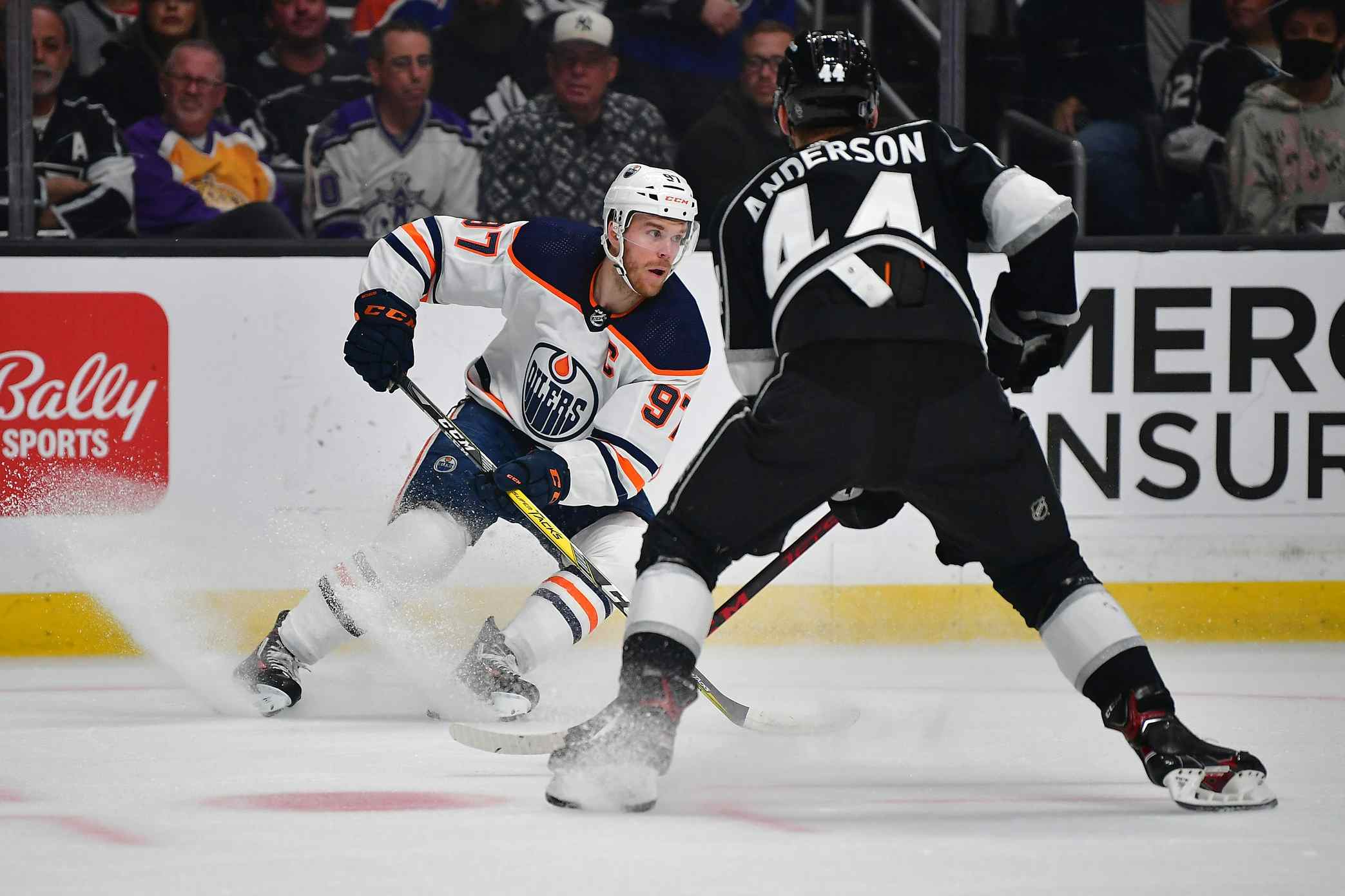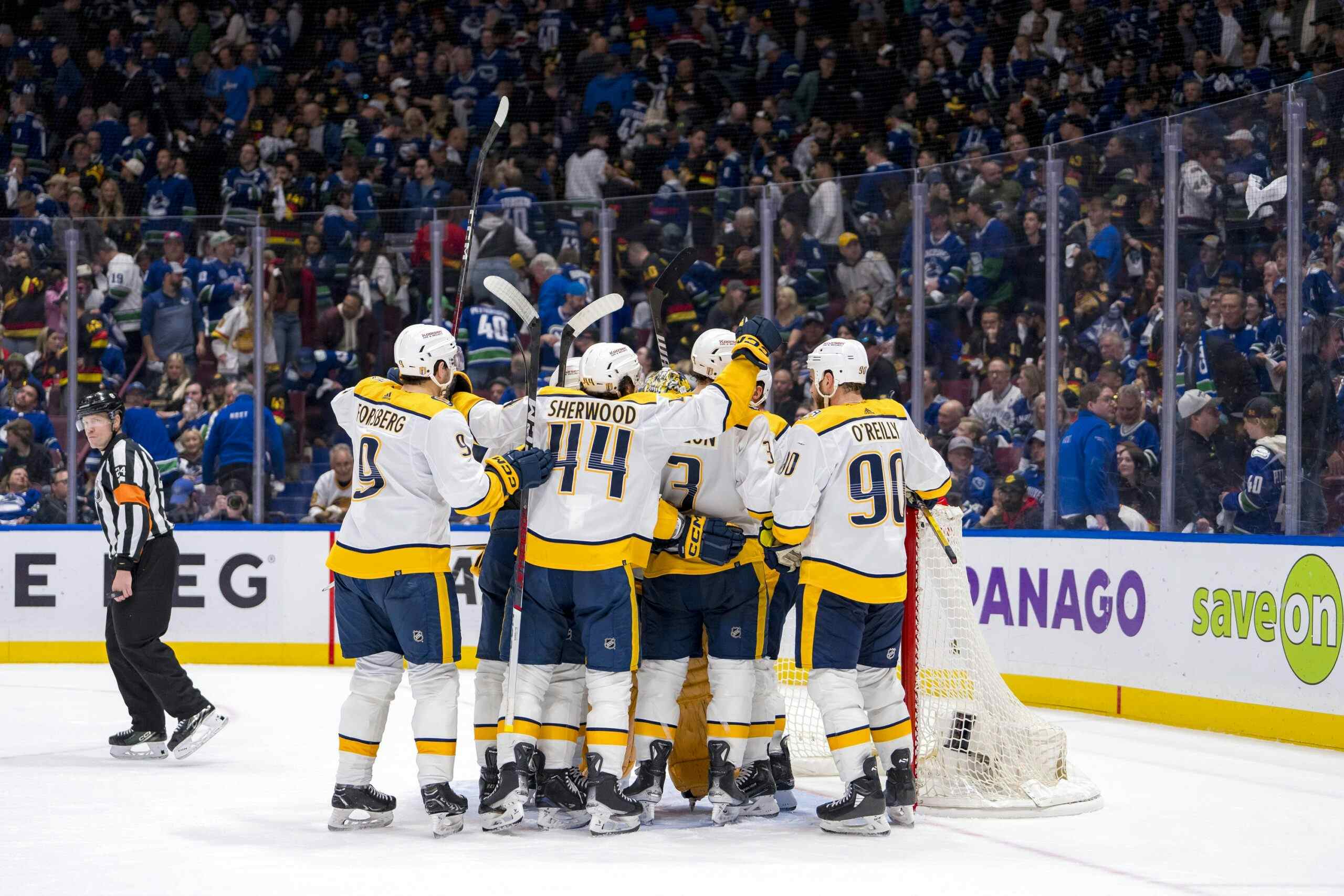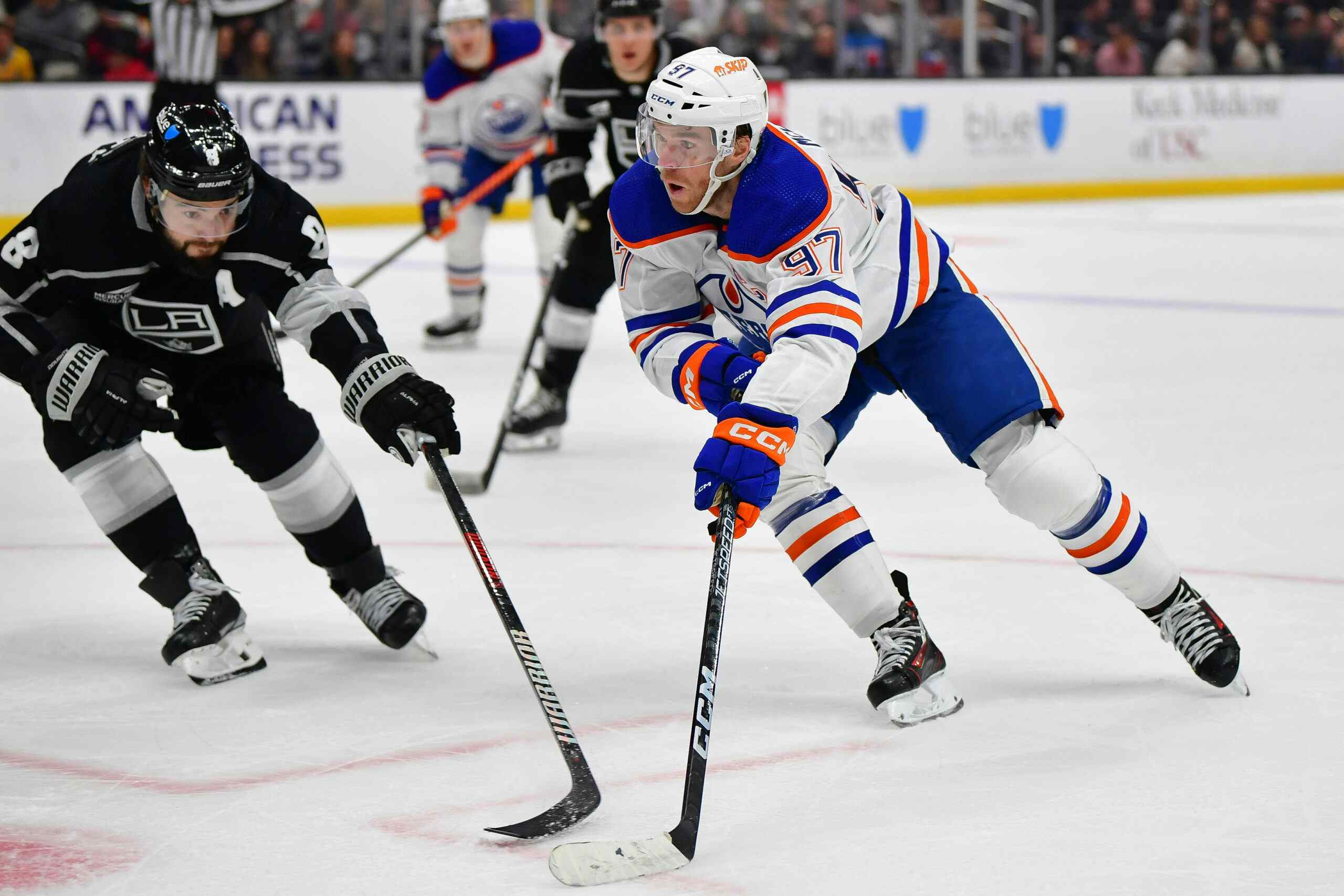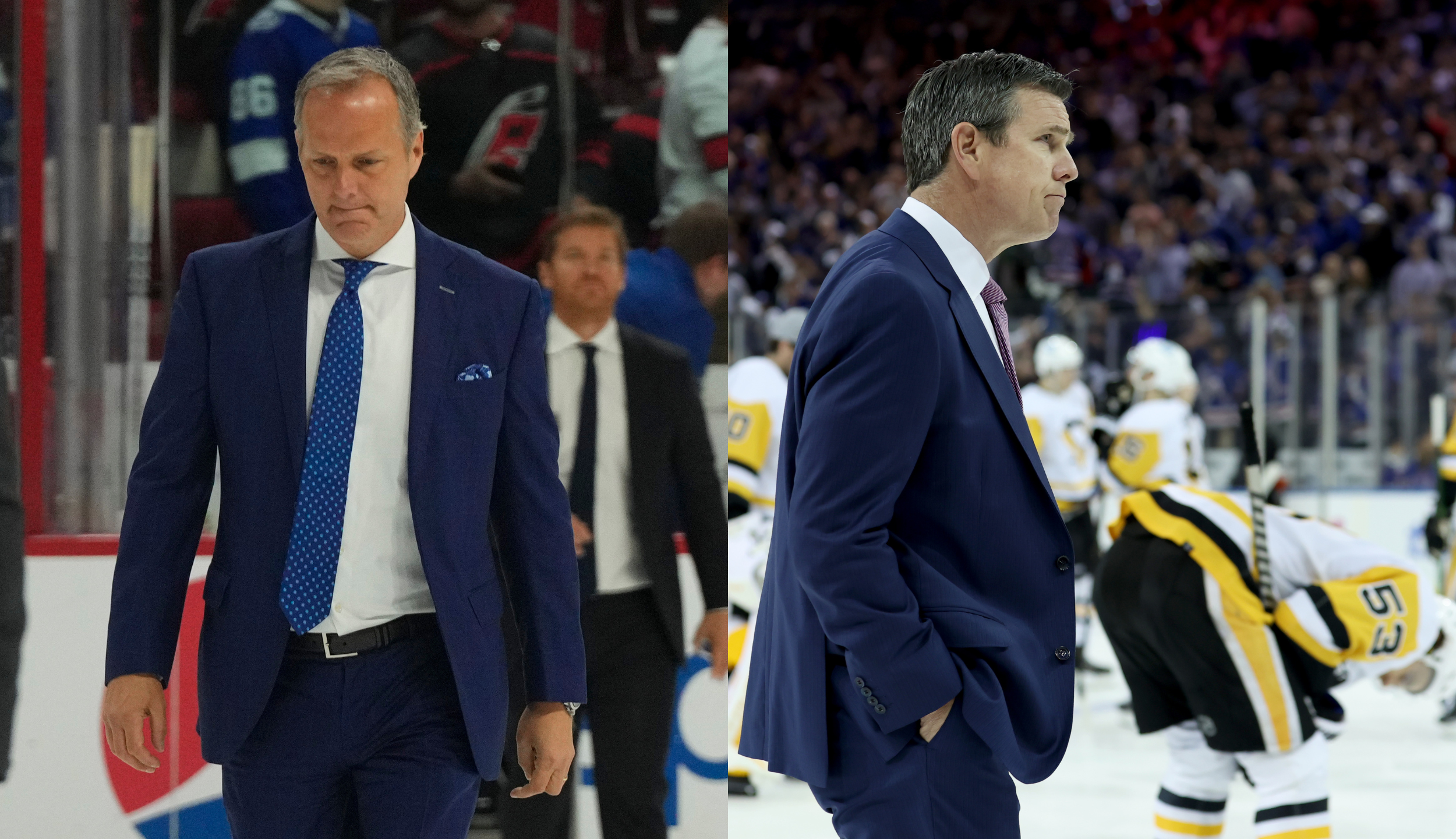BOXCARS WO TOI=??????
By Lowetide
11 years ago
As a long time observer of the Edmonton Oilers at the draft table, it took me a few days to figure out what the club did last weekend. It was not business as usual for Stu MacGregor and his staff. What did they do? Does it make sense?
The success of the 2010 and 2011 entry drafts for the Oilers had a lot to do with reducing risk. MBS and the crew used Oiler picks inside the top 100 overall to extract consensus top 100 selections. We talked about that during the draft series, but let’s have another look using Bob McKenzie’s top 60 list (it is the industry standard).

2010 ENTRY DRAFT
- Taylor Hall selected #1 overall and #1 on the BM list (2010)
- Tyler Pitlick selected #31 overall and #25 on the BM list (2010)
- Martin Marincin selected #46 overall and #71 on the BM list (2010)
- Curtis Hamilton selected #48 and #57 on the BM list (2010)
- Ryan Martindale selected #61 and #58 on the BM list (2010)
Edmonton had one more selection in the top 100 (Jeremie Blain) and he was not on the McKenzie list. Very little risk at the top of this draft, although the Marincin selection (25 slot reach) does stand out.
2011 ENTRY DRAFT
- Ryan Nugent-Hopkins selected #1 overall and #1 on the BM list (2011)
- Oscar Klefbom selected #19 overall and #21 on the BM list (2011)
- David Musil selected #31 overall and #41 on the BM list (2011)
- Samu Perhonen selected #62 overall and #51 on the BM list (2011)
- Travis Ewanyk selected #74 overall and HM on BM list (#61-85, 2011)
- Dillon Simpson selected #92 overall and HM on BM list (#61-85 2011)
Edmonton had 6 selections in the top 100, and all of them were list on McKenzie’s top 85 (top 60 and 25 honorable mentions). The Oilers took the risk out of the draft in 2011, taking the consensus list and ticking off names and needs with frequency.

WHAT ABOUT THIS SEASON?
A year ago, before the 2011 draft I wrote "MBS is risk averse. His selections of Taylor Hall, Magnum PS and Jordan Eberle were all in the range of expectation, and he’s rarely gone outside the norm during the first 75 picks (Abney, Hesketh being examples). A list like Bob McKenzie’s is a very valuable tool for the organization that can get past it’s own ego and recognize that these are in fact the consensus best player’s available. In fact, if a player is rated highly and your scouts are telling you to stay away, wouldn’t you like a very good reason for it? Wouldn’t you hope that scout had a really good reason?
With that as the backdrop, let’s have a look at this season’s top end selections.
- Nail Yakupov selected #1 overall and #1 on BM’s list (2012)
- Mitchell Moroz selected #32 overall and #56 on BM’s list (2012)
- Jujhar Khaira selected #63 overall and not ranked on BM’s list (2012)
- Daniil Zharkov selected #91 overall and #47 on BM’s list (2012)
The Moroz pick rivals the Marincin selection (which is turning out well btw) and Khaira is the highest ranking player in the three year period who didn’t get a rank (McKenzie didn’t do an HM this year).

WELL? WHAT SAY YOU?
I think there is some evidence that the Oilers management instructions to the scouting staff skewed the traditional "best player available." We know this via several sources, including the GM.
- Tambellini: "Once in a while you may make a trade to get some size that has the skill to play with your top six or nine—once in a while. But more often than not, nine out of 10, you have to draft these people and develop them.So that was a major goal of ours coming into this draft and we think we accomplished that."
The other thing I come back to–and I’ve looked for evidence believe me–is the unusual situation faced by Moroz with the Oil Kings. I don’t have access to TOI totals or shots on goal, but the anecdotal evidence I do have in regard to Moroz’ role on the Edmonton WHL team suggests he didn’t play a lot for a draft eligible ranked inside Bob McKenzie’s top 60.
From the Nation Radio episode this past Saturday:
- Kent Simpson: "This guy played a lot of 4line, 3line minutes he was very effective, strong on the forecheck. He stands up for his teammates.He scored 20 goals, and a lot of them came on 3rd and 4th lines minutes. As the season wore on, his stock started to increase. I’m looking forward to what he’s going to do next season in the WHL."
- Corey Graham: "He took some time to learn what he needed to do in order to earn more playing time. He’s a guy who can play pretty much anywhere in the lineup and he’s one of the more feared guys in the league."

WHAT DOES IT ALL MEAN?
I don’t think there’s a lot of doubt that the Oilers (as mandated by Steve Tambellini) went after "need" in the second round. I think that’s a mistake in any draft year, especially at #32. However, as Jason Gregor told me on Nation Radio last Saturday Mitchell Moroz wasn’t going to get far into the 2nd round as he was likely the best of his player-type available to fill the need (Lukas Sutter was rated slightly higher). The Oilers liked him, "saw him good."
Is there part of the equation we’re missing with this player?
When we talk about prospects for the draft and discuss the "best player available" we focus on the boxcar numbers and the scouting reports–which focus on style. Why? We don’t have useful tools like time on ice and shots on goal, and those things would give us a much better view of these kids.
Did Mitchell Moroz score 16 goals as a WHL rookie playing 4th line minutes? I think there’s anecdotal evidence that he did, and that would give us greater context and allow us to see the player better. We don’t have that, and must conclude that the Moroz pick was a rare reach by this scouting staff. I do think there’s some hint here that we’re going to be pleasantly surprised by this player in 2012-13. If he scores 30 for the Oil Kings this year, we’ll have to have another look at the selection.
And can we work on getting CHL TOI numbers published? Shots on goal?
Recent articles from Lowetide





